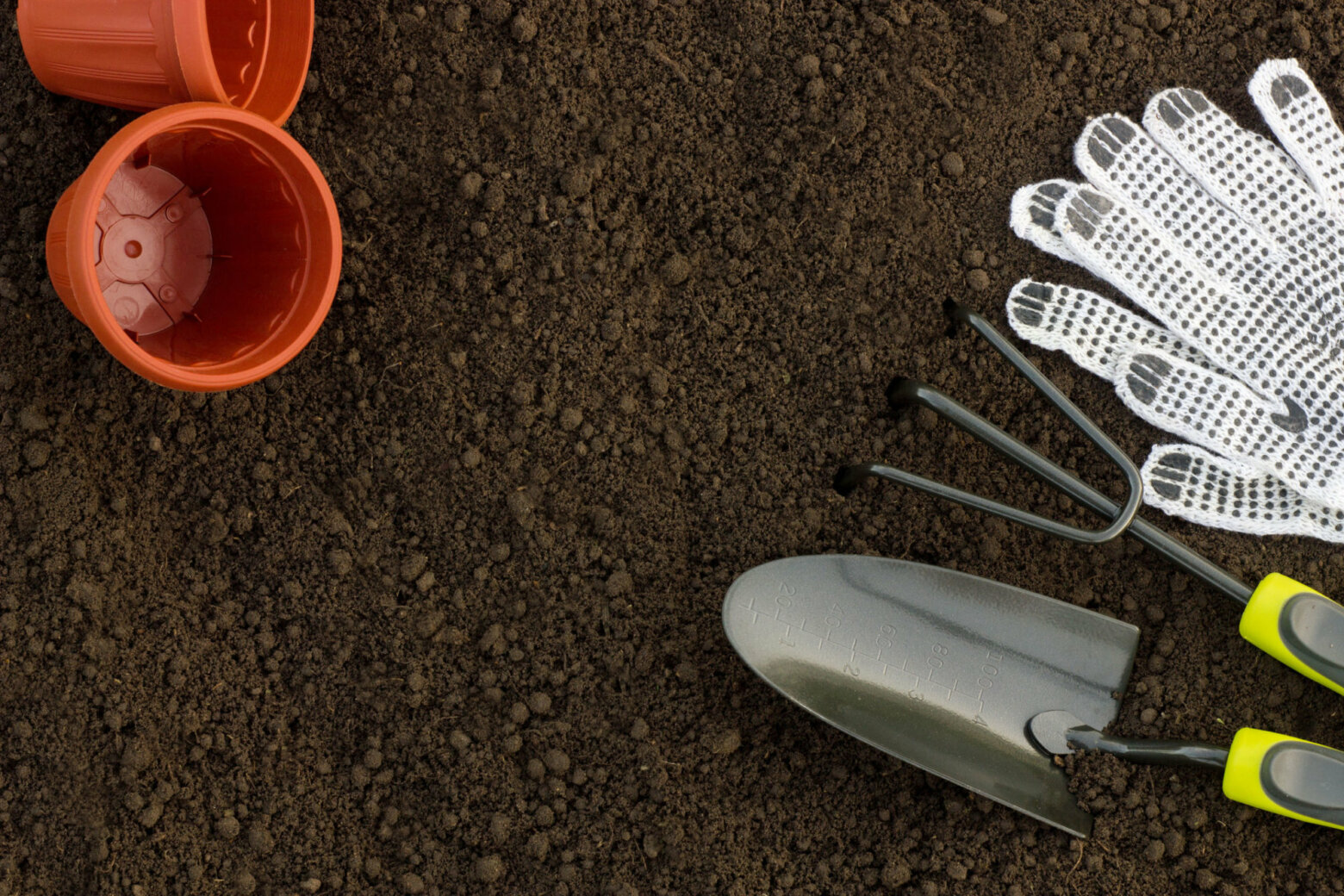
Special cold weather alert
Longtime fans of the Garden Plot know that they don’t have to wait until Saturday to hear my advice for that week; they can read the online versions of my bits — often containing additional information — beginning Friday.
I hope everyone with houseplants outdoors or frost-tender crops in the ground does so, because they now have some advance warning to bring houseplants back inside and to cover peppers and tomatoes with cardboard boxes or fabric row covers.
If you don’t protect summer plants already in the ground, it’s likely that you’ll have to replant, especially in the outskirts of the D.C. area, because even if they don’t die, frost-tender plants that endure a massive chill may not produce fruit until several weeks after their normal time — if at all.
Cold weather protection: Boxes are best
Temps are expected to drop into the 30s in the heat sink of D.C. Friday night into Saturday morning, and Saturday night into Sunday morning. Outlying areas are looking at low 30s, with a serious risk of frost and possibly a hard freeze. Maybe even some snow. Oy!
But many gardeners have jumped the gun and already have summer plants, such as tomatoes and peppers, in the ground. You can try and protect these plants by placing upside-down cardboard boxes over them before sunset Friday. Place a rock or a brick on top to keep the boxes in place.
Do not remove the boxes Saturday, as even the daytime temps will be injurious to frost-tender plants in many areas.
Remove the boxes after noon Sunday, but keep them handy, as cold overnight temps are predicted again later in the week.
Certain fabrics are also a good choice
An alternative is to cover the plants with a professional row cover such as Reemay or sheer curtains, but it will be important to anchor the covers securely as Saturday is predicted to be extremely windy.
Do not use tarps or sheets of plastic; they have a strong potential of doing more harm than good.
Old bedsheets might work, but not if they’re going to get soaking wet.
If you have frost-tender plants that are not yet in the ground, keep them inside until the 10-day forecast for your specific area shows nights at least in the high 40s, preferably 50 degrees or more.
No planting on Mother’s Day this crazy year.
Matt can resist everything except temptation
Last Sunday, our pal Matt in D.C. sent this prescient email:
Wuddya say, Mike? What’s the skinny? Is it still too early to put out summer crops? It’s May and the forecast is calling for some cold overnight lows. But my tomatoes are begging to be put outside. Guide me, garden leader!
Matt’s email was the reason I took a look at the (startling!) 10-day forecast and then warned him that the predicted overnight temps for Friday and Saturday were way too low for the health of frost-tender plants, even in the heart of D.C. where it’s always much warmer than outlying areas.
And even with a Mother’s Day warmup predicted, don’t yield to temptation, as more cold nights are predicted in the coming week.
It looks like May is about to replace April as “the cruelest month!”
Some like it cold
The good news is that early cool-weather crops such as spinach, lettuce, kale, peas, broccoli, Brussels sprouts, carrots, beets and radishes won’t be damaged by these low temps.
But warm-weather lovers such as peppers, tomatoes, eggplant and cucumbers are almost certain to be damaged.
A new hope
Luckily, as I slam these words into my keyboard on Thursday, rain is predicted for Friday night, which is good, as wet soil offers a few degrees more frost protection — as does the wind predicted for Saturday.
But don’t depend on that wind; if your plants of summer are still alive, protect them with cardboard boxes or a sheer breathable fabric such as professionally made row covers or some old sheer curtains.
Of manure and men
Jim in Fairfax writes:
You recently said to hold off on using manure unless you know what you are doing. I added llama manure to my raised beds this spring — a layer of about 3 inches that was aged when I picked it up. The beds are 6 feet by 12 feet and 12 inches deep. I also added some perlite and peat moss, then used a small tiller to mix it all into the soil. Is there anything I need to worry about?
Yes, but not from the manure itself.
Llama manure is somewhat light in nutrients, but what it has is nicely balanced. It also comes out of the animal in pelletized form, which means it will release those nutrients very slowly, which is good. Llama poop is also one of the only animal manures that can be used fresh without the risk of burning your plants.
However …
Plowman’s folly
Worry about the weeds, Jim! Tilling destroys soil structure, releases nutrients and uncovers then replants lots of dormant weed seeds.
And your beds are too big! The maximum width of a raised bed should be 4 feet, so that you can reach the center without stepping on the soil. No stepping means no need to till — and a lot fewer weeds to fight.
So, seriously consider remaking your beds to the proper width. Then, you can put the tiller up on eBay!
Mike McGrath was editor-in-chief of ORGANIC GARDENING magazine from 1990 through 1997. He has been the host of the nationally syndicated public radio show “You Bet Your Garden” since 1998 and WTOP Garden Editor since 1999. Send him your garden or pest control questions at MikeMcG@PTD.net.







